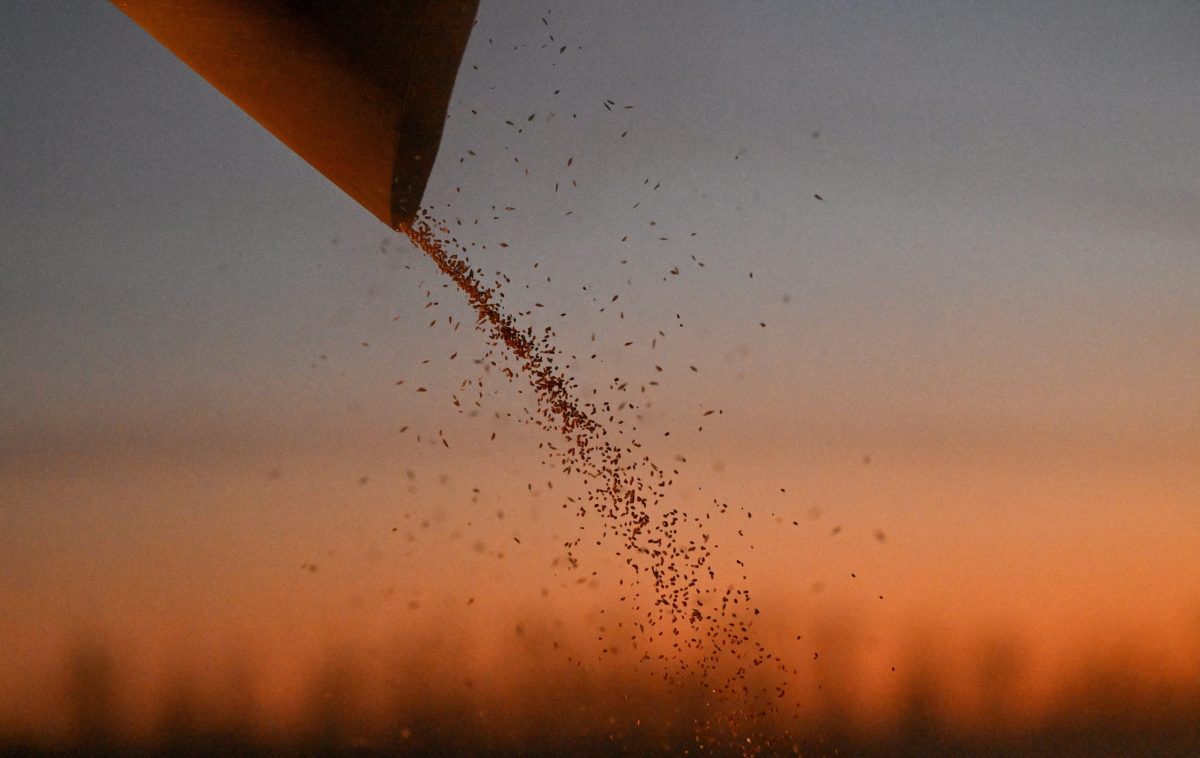SAO PAULO (Reuters) — Momentum from a record soybean harvest will induce Brazilian farmers to plant slightly more area with the oilseed in the upcoming season, even though profits are less promising than a year earlier.
Though high transportation costs will likely crimp margins, soy offers farmers fewer risks as poor domestic corn prices narrow their options, U.S. harvests recover and the U.S. dollar strengthens against the real.
Private forecasts for the crop that can legally be planted as of Sept. 15 suggest the soy area will grow around four percent from a year ago, even with some farmers opting for a year to consolidate last year’s gains.
Read Also

Russia’s new-crop grain hits market as top producers report first harvest data
The first grain from Russia’s new crop has arrived on the market, traders and analysts said on Monday, as top producing regions reported early harvesting results, with an expected drop in the Rostov region and a good harvest in Stavropol.
“It could be a new record crop, but nothing of great relevance from last year,” said Ricardo Tomczyk, vice-president of soy lobby Aprosoja in top soy state Mato Grosso. He personally decided not to plant more land with soybeans this year because of a less favourable market and rising costs.
Farmers are facing an abundance of corn after two years of record output and the government tried to increase public stocks of the grain. Rock-bottom domestic corn prices make soy planting attractive, even though international soybean prices have been lower than a year ago, FCStone analysts said.
Another factor spurring farmers to bet on soy is the exchange rate: the real weakened nearly 20 percent against the dollar since May. That would favor Brazilian agricultural exports if the trend holds until harvesting starts, likely in January.
“In Brazil, area planted with soy should increase between three and five percent as the devaluation of the local currency encourages production,” Rabobank analysts said in a report.
Forward soybean sales have in fact increased in the past two weeks, when prices rose in Chicago and the real weakened, Porto Alegre-based soybean analyst Flavio Franca Junior said.
Sales are now at 20 percent of expected output, he said, still well below the nearly 50 percent sold a year earlier.
The outlook was quite different a year ago, when farmers took out loans to plant soybeans anywhere they could, expanding national area by a whopping 10.7 percent in response to low global stocks after droughts crimped 2011-12 output in South America and hurt the 2012-13 U.S. crop.
Global stocks have since recovered thanks in part to Brazil’s record 81.5-million-tonne 2012-13 soy crop that was 23 percent larger than the previous year. The U.S. Agriculture Department also expects a strong 88.6 million tonnes due to more rainy weather in the United States in the current 2013-14 season.
“The mood we see today among soy producers is one of caution,” said Elisa Gomes, an analyst for Mato Grosso’s state farm institute IMEA.
“But many are very well capitalized and already made investments, so we will see some more areas planted,” she added.
Key among farmers’ concerns are rising costs. Producers benefited last season when international trading firms absorbed an unforeseen spike in freight costs, but Tomczyk of Aprosoja said producers are receiving lower prices for their beans this year as middlemen take shipping costs into account.
In fact, Abiove, Brazil’s vegetable oils association which represents international crushers like Cargill and Bunge, is going against consensus, saying neither soybean output nor area planted will rise in Brazil this year due to higher production costs and plentiful domestic soy stocks.
If Brazil’s area planted expands as five local consultancies and the U.S. Agriculture Department expect, farmers will still need average rainfall to score a new record crop.
Meteorologists expect a neutral season, with neither the El Nino nor La Nina climate phenomena occurring. That makes rain patterns harder to predict just weeks before planting can legally begin.
“Rains might fall on Mato Grosso in September, but there is absolutely no guarantee they would continue enough to spur planting,” said Marco Antonio dos Santos, a meteorologist with Sao Paulo-based forecaster Somar in a recent weather bulletin.
Somar meteorologists believe sustained rains might not start in the center-west region until the second half of October, delaying the start of planting. Warmer water temperatures in the Pacific Ocean could then bring rains to the southern state of Rio Grande do Sul, Brazil’s No. 3 soy producer, to the detriment of the Northeast, a frontier agricultural region.
“If there are rains in the South there will be below average rains in the Northeast,” the meteorologist said.















